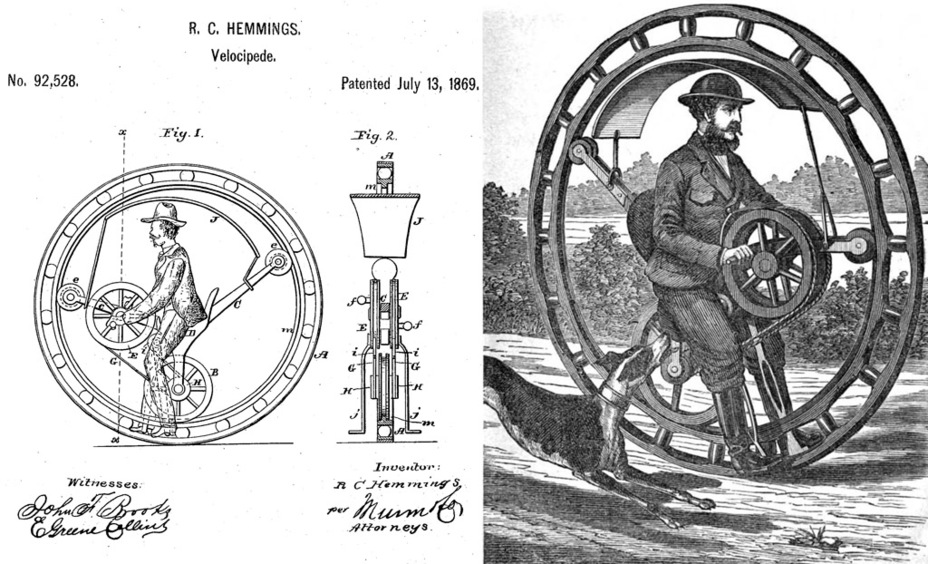Hello
Just curious if anyone had some knowledge to share. Here's the scenario
Here on Earth, race cars often use a spoiler to improve traction of the rear wheels. But I suspect this would have no effect if operating someplace with no atmosphere. And this got me wondering about lift. If you were travelling at high speeds on the moon (currently the top speed reached seems to be about 17 kph but I'm thinking closer to 300 kph). would lift become a problem due to the low gravity? What other consideration might there be? Going over a bump at that speed might produce significant air time. Still, you'd have to be going over 8000kph to actually escape the moon's gravity. so if we did take a race car to the moon, how different might the driving experience be?
Just curious if anyone had some knowledge to share. Here's the scenario
Here on Earth, race cars often use a spoiler to improve traction of the rear wheels. But I suspect this would have no effect if operating someplace with no atmosphere. And this got me wondering about lift. If you were travelling at high speeds on the moon (currently the top speed reached seems to be about 17 kph but I'm thinking closer to 300 kph). would lift become a problem due to the low gravity? What other consideration might there be? Going over a bump at that speed might produce significant air time. Still, you'd have to be going over 8000kph to actually escape the moon's gravity. so if we did take a race car to the moon, how different might the driving experience be?



